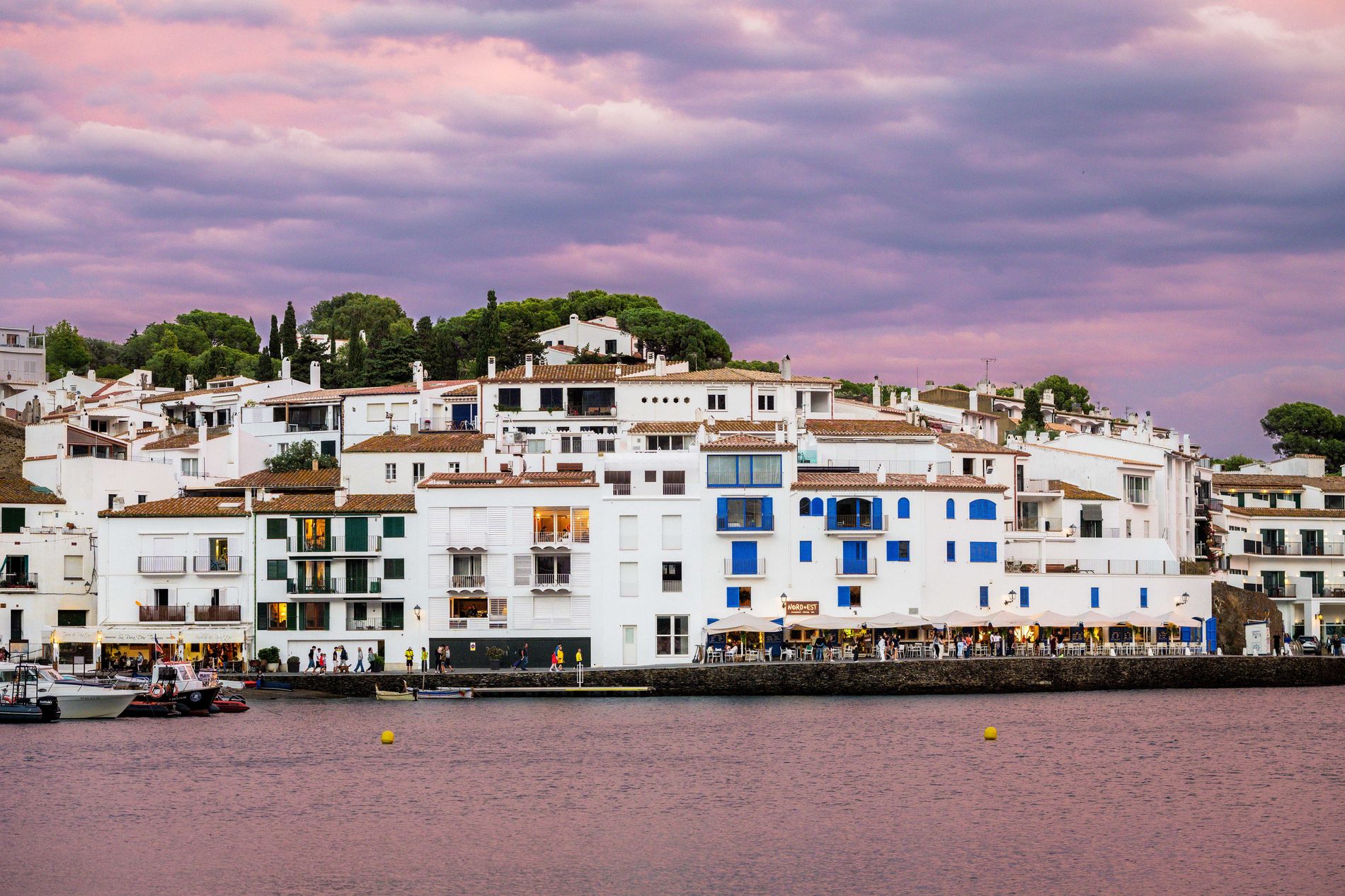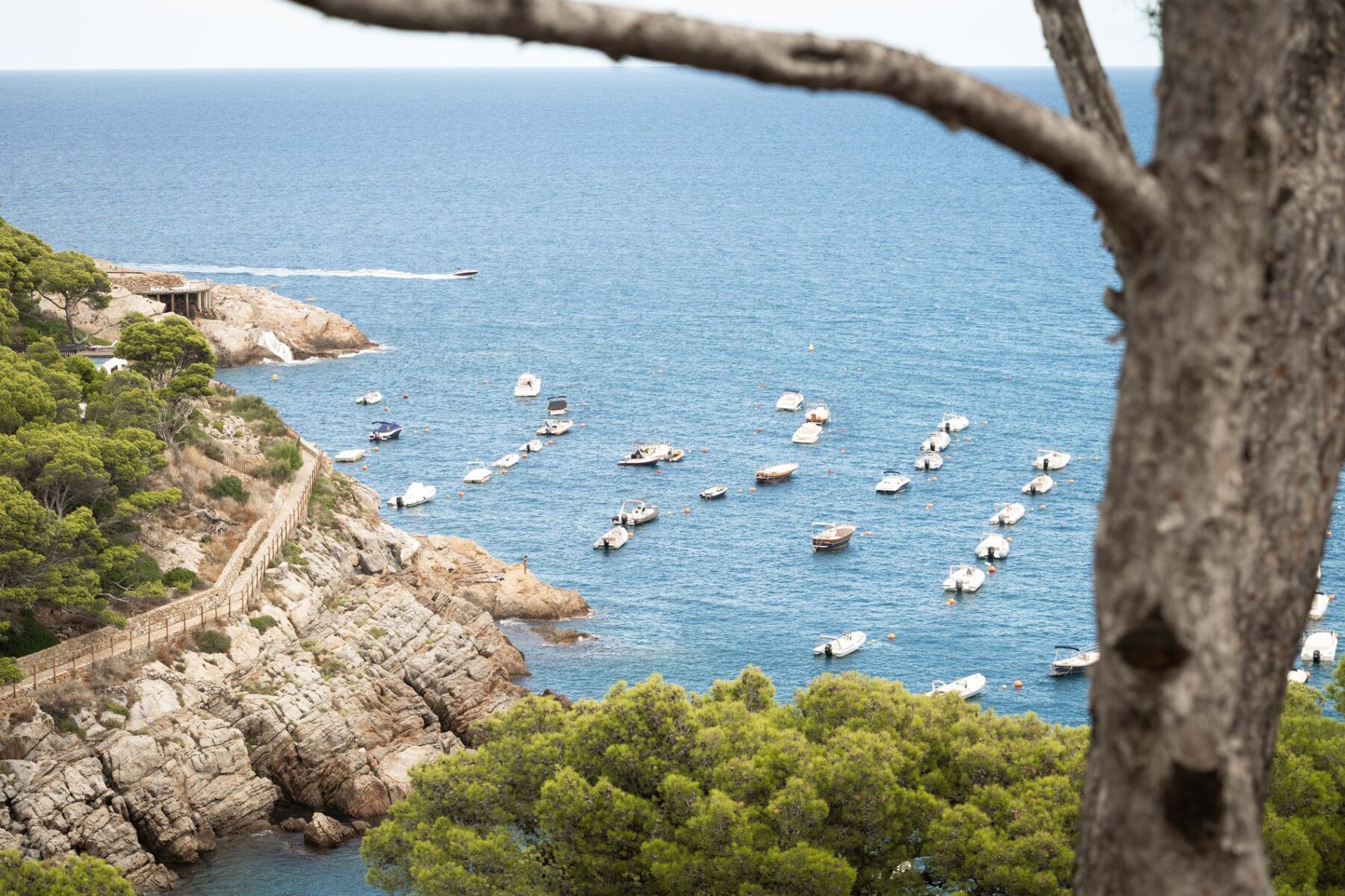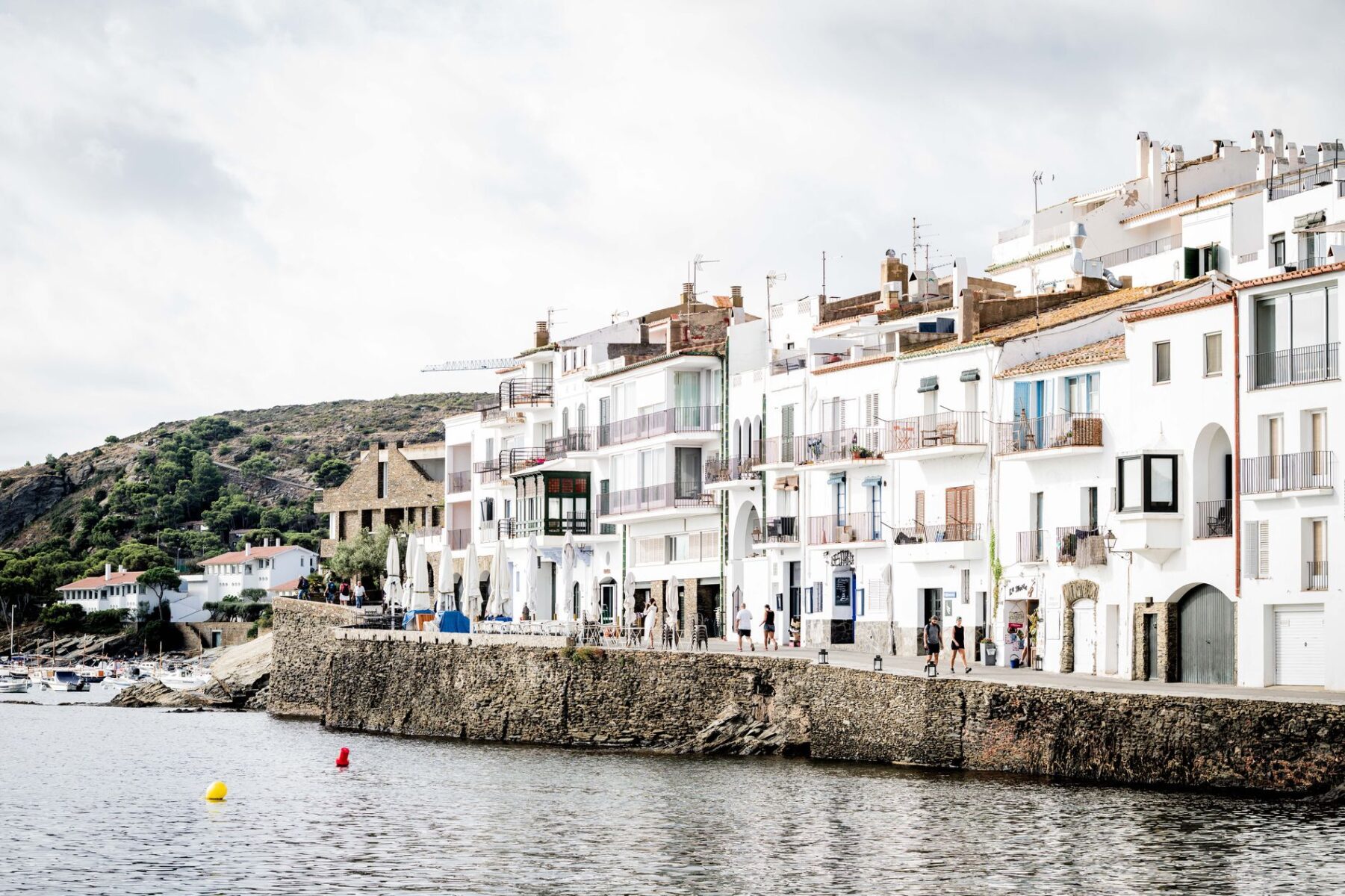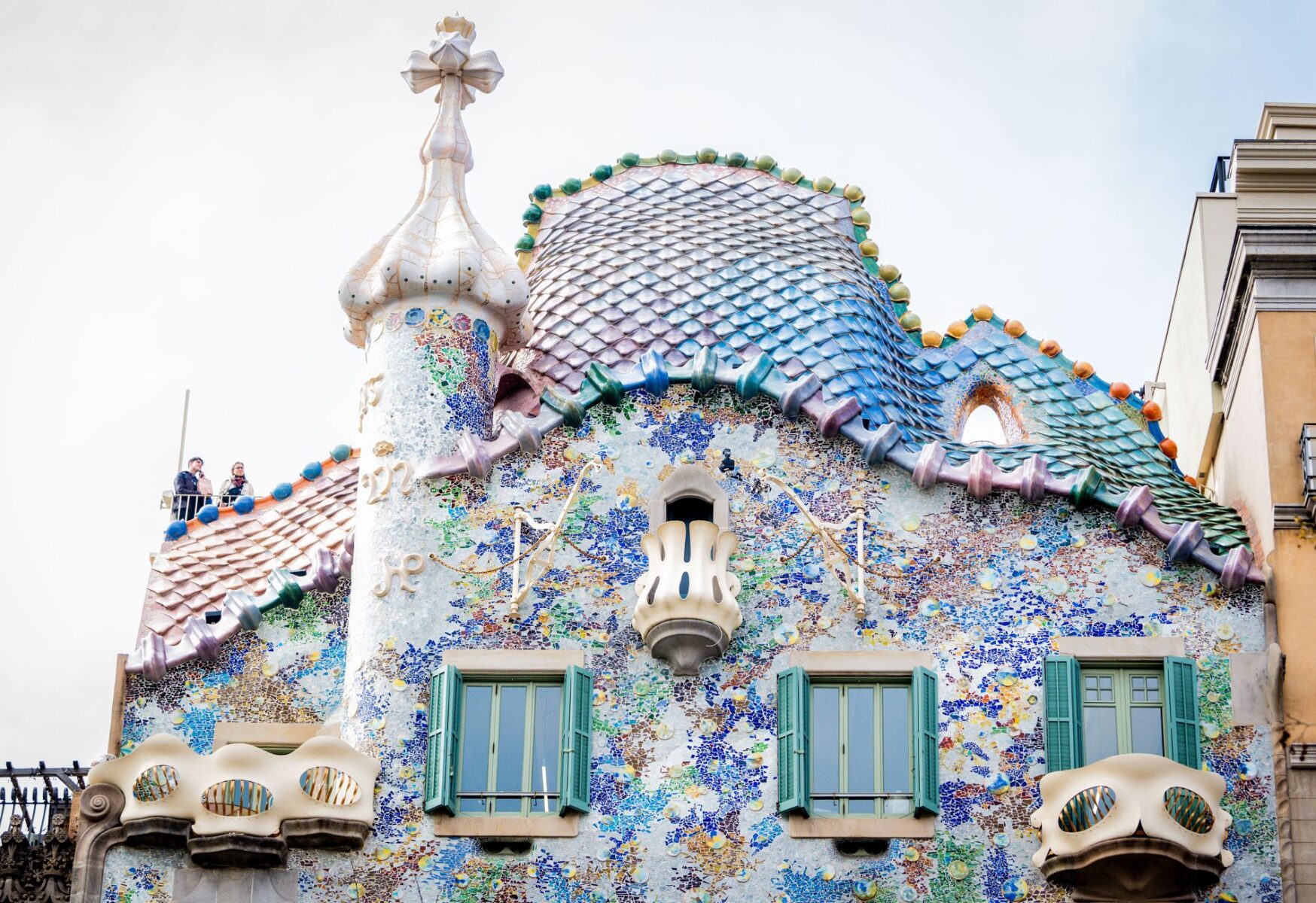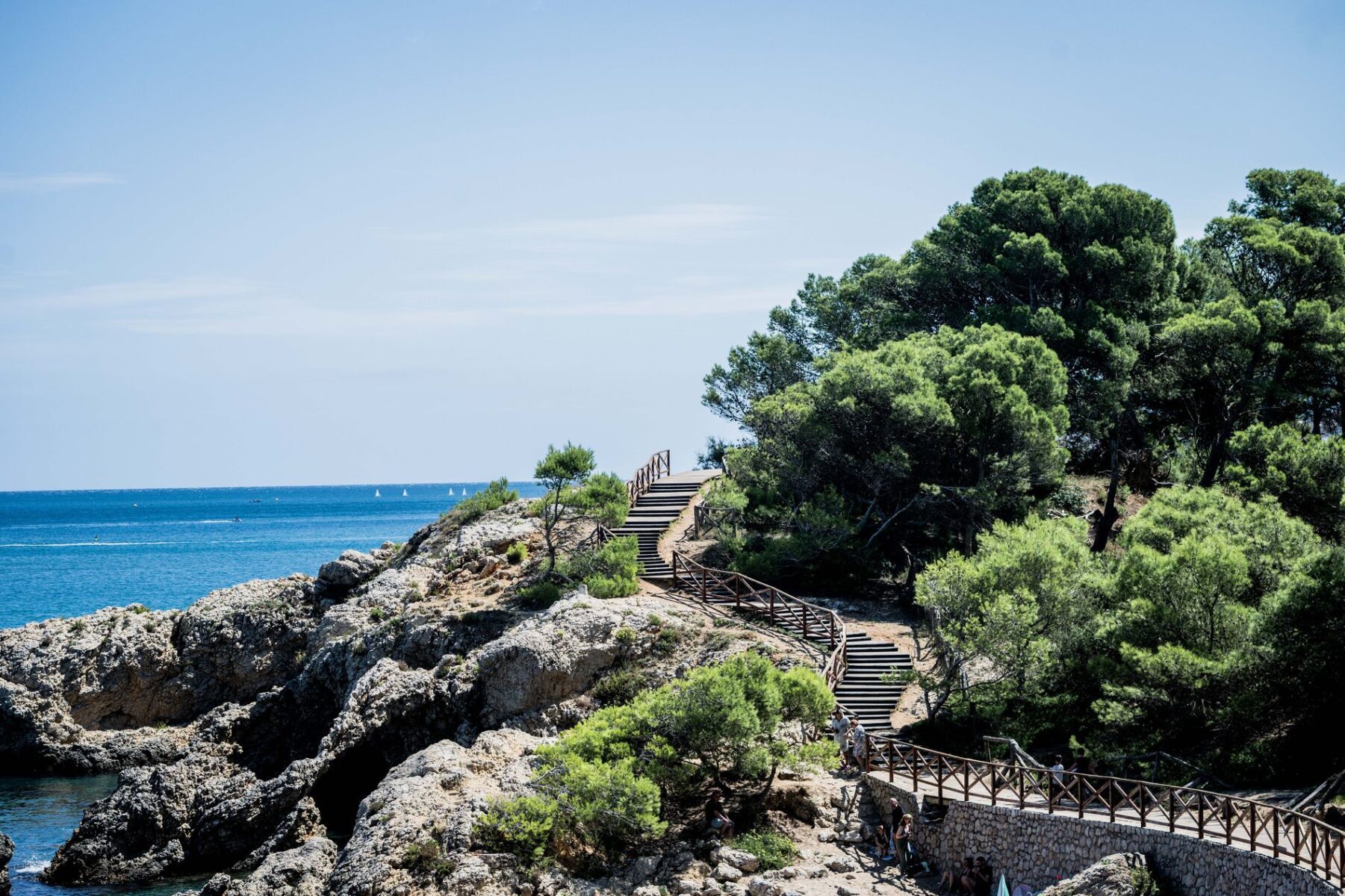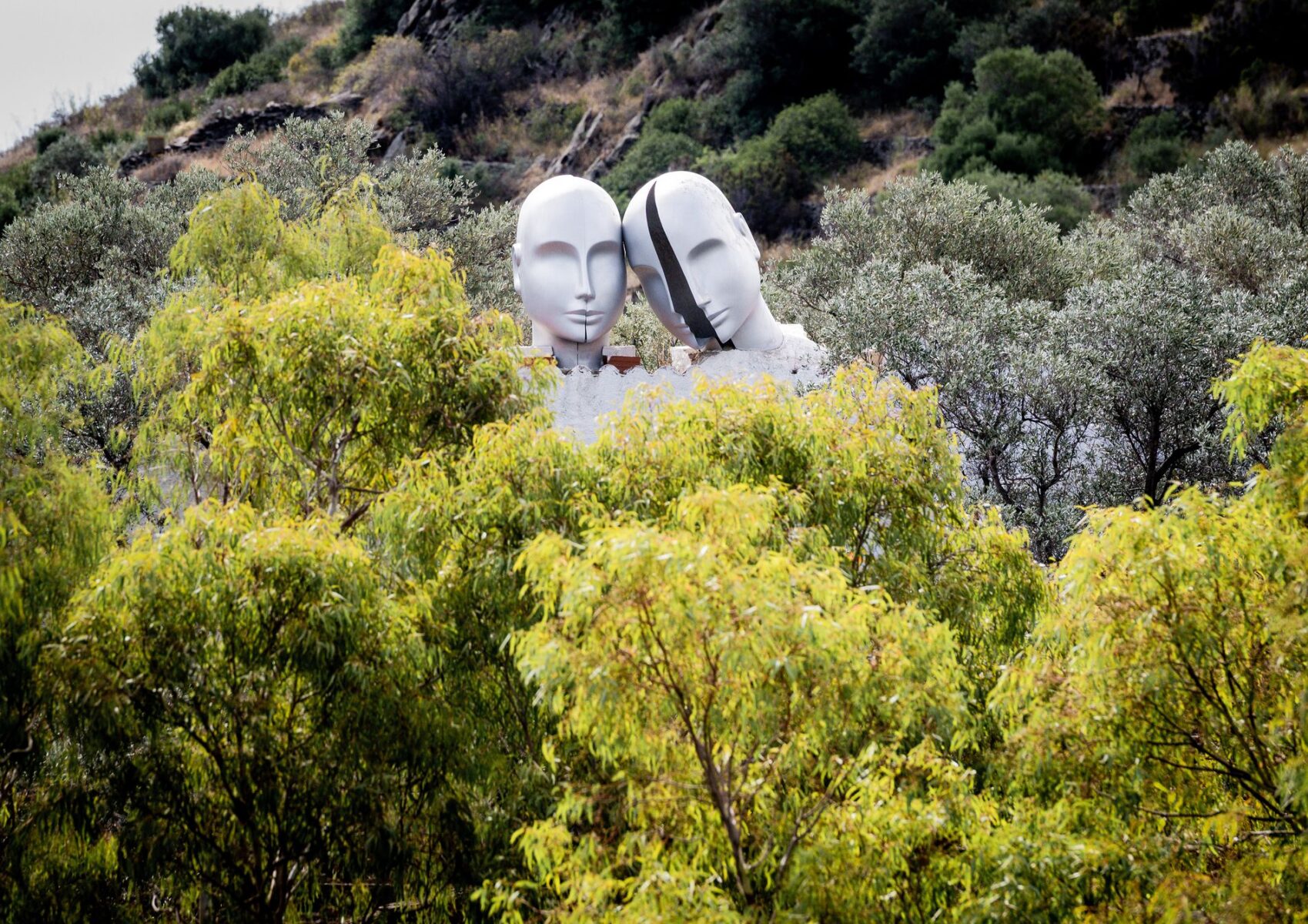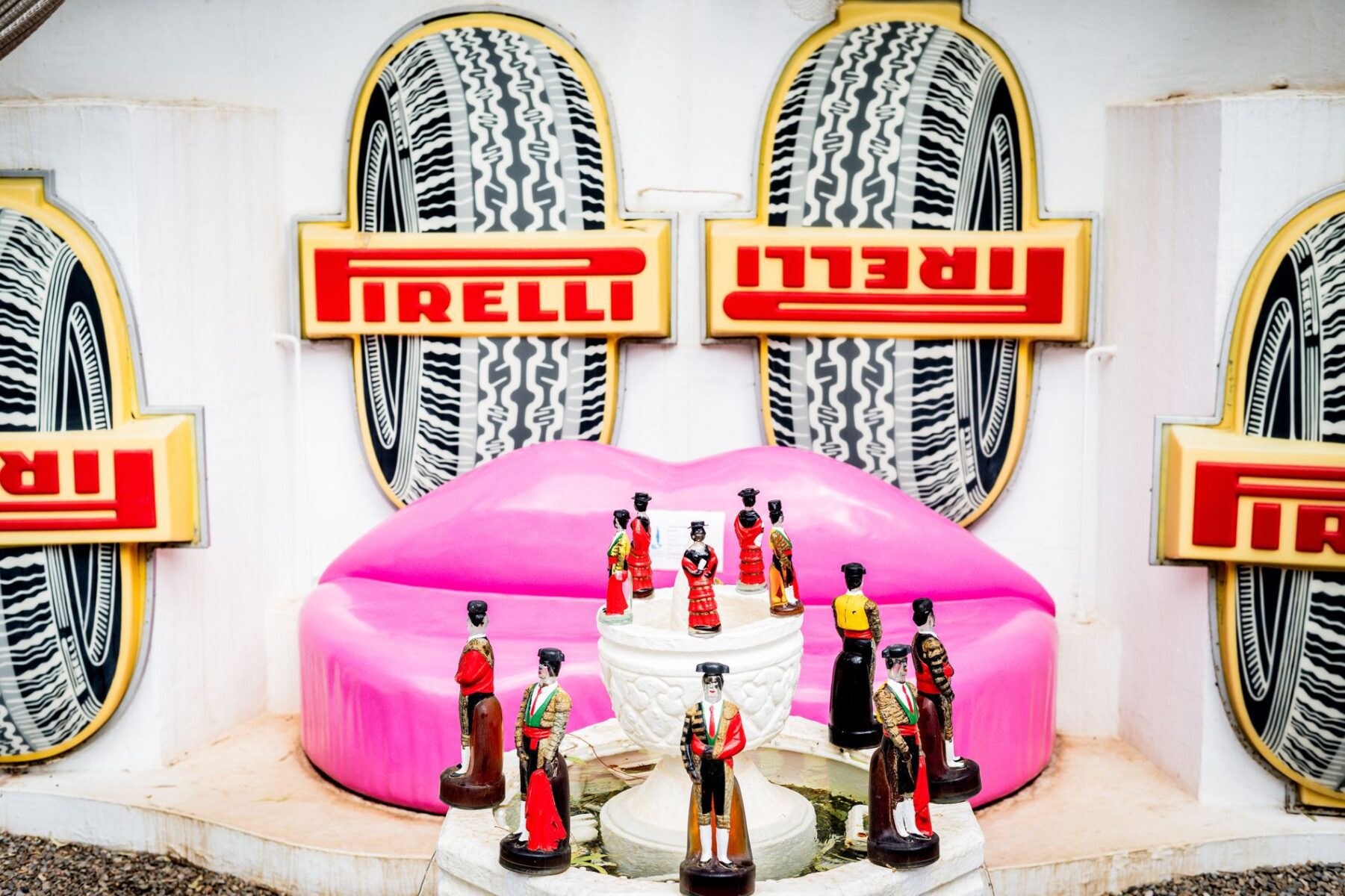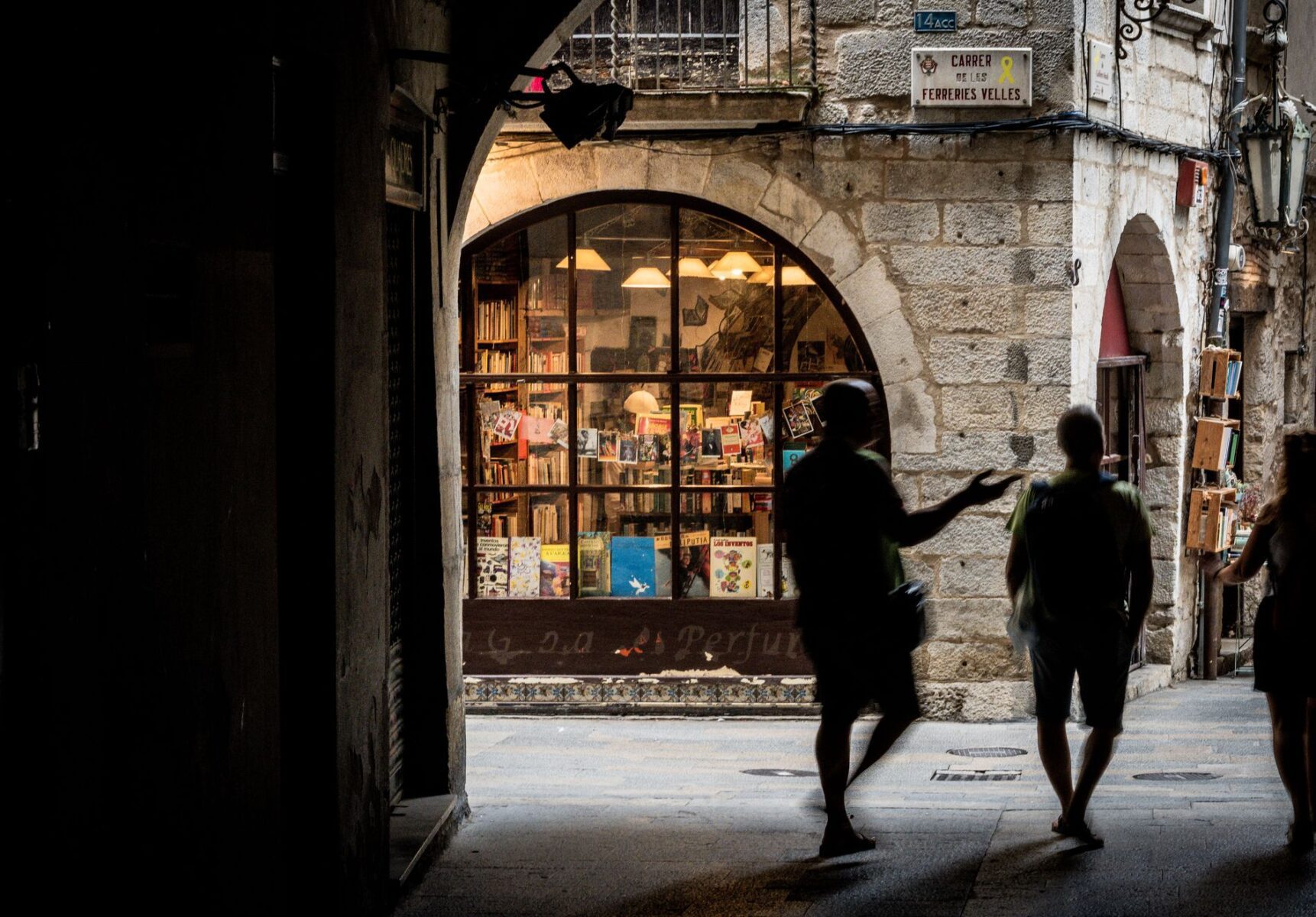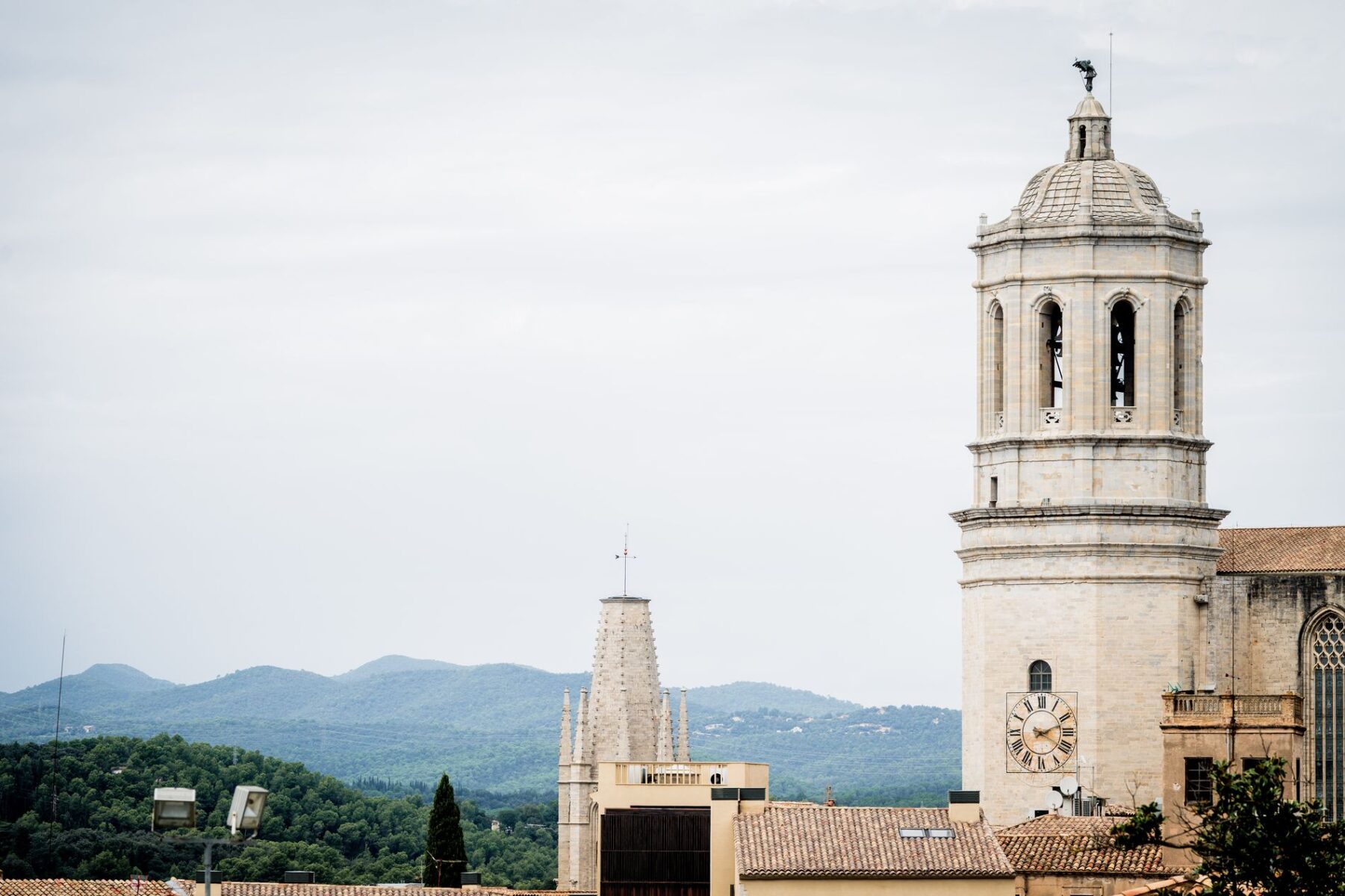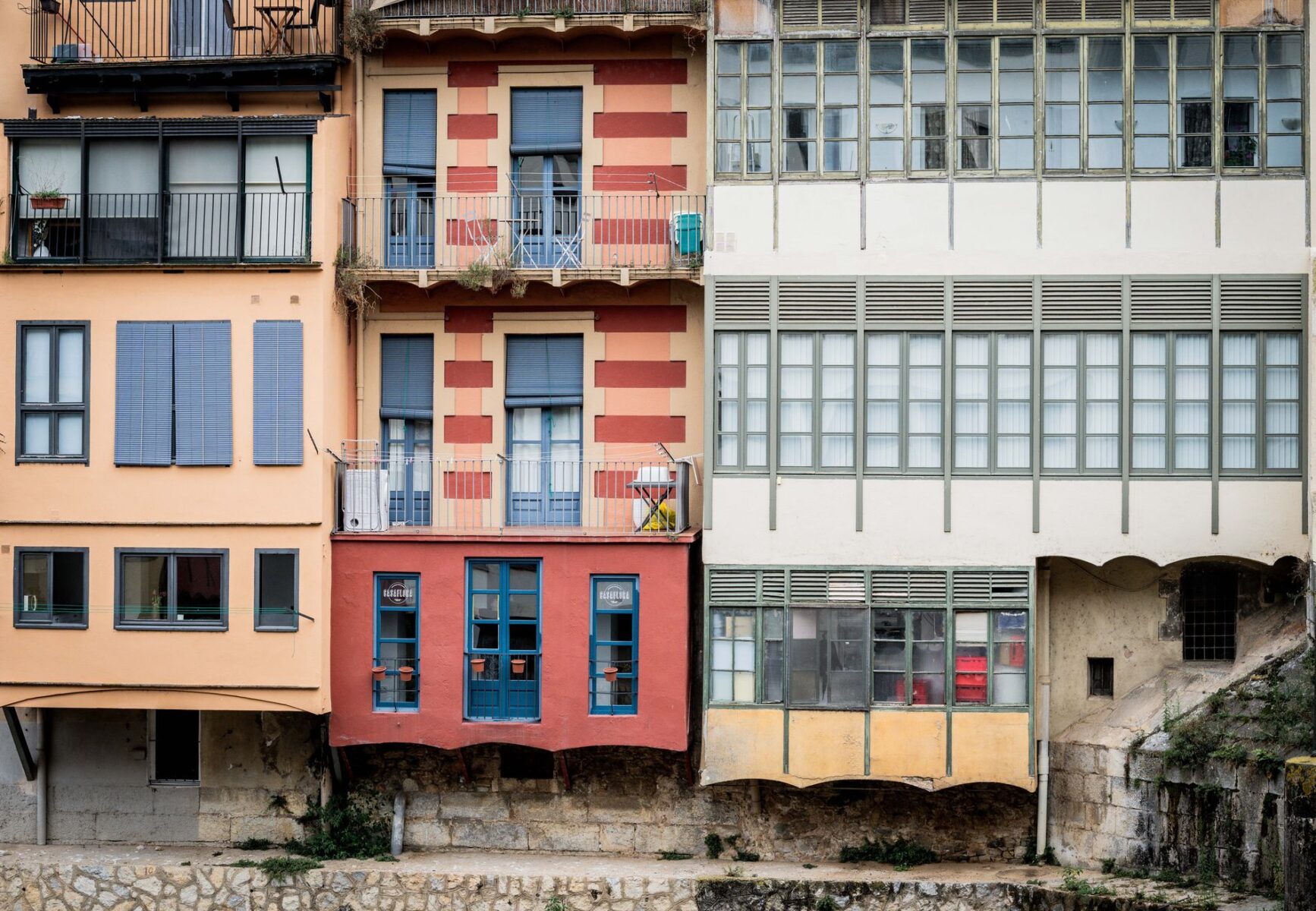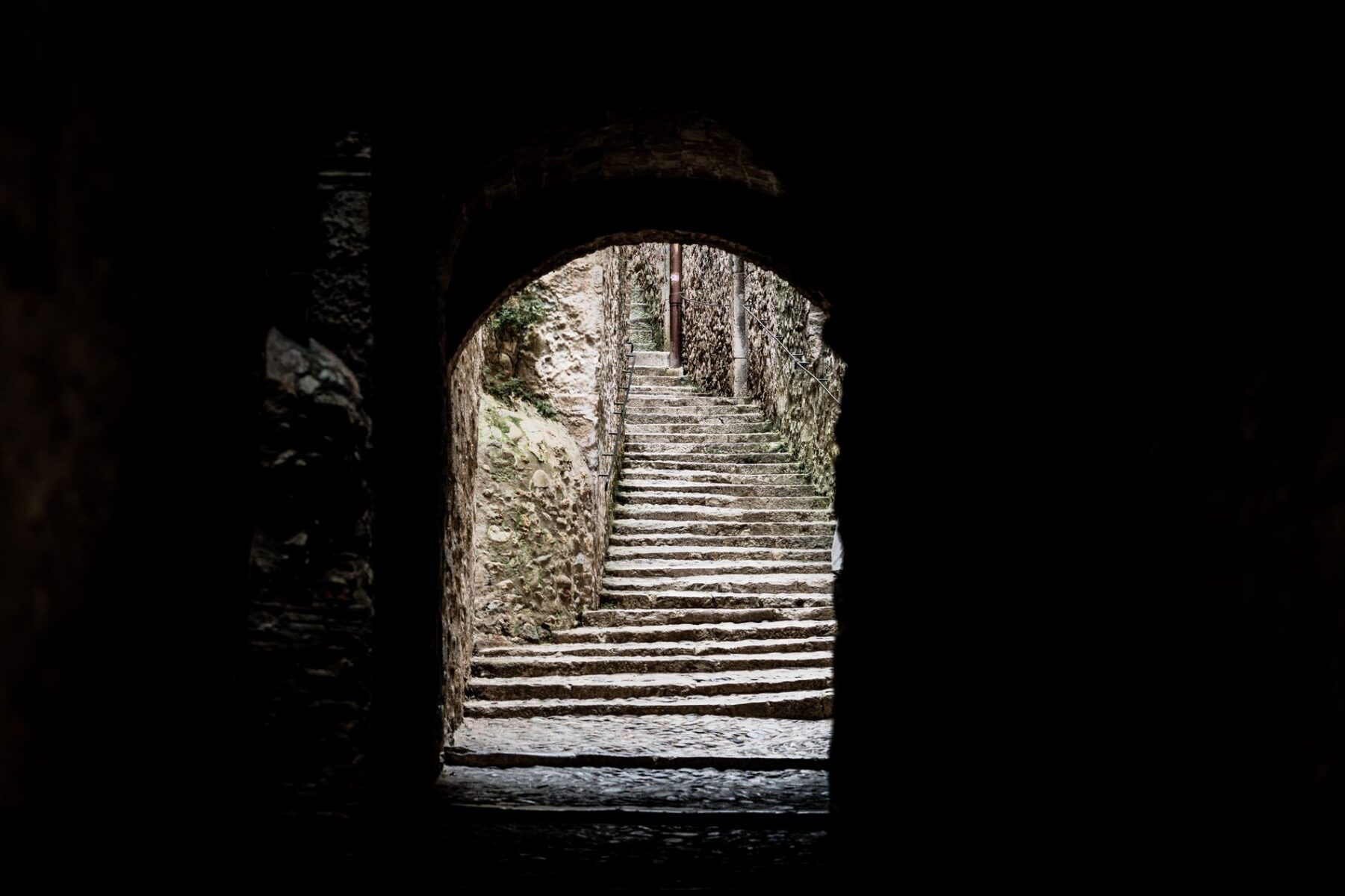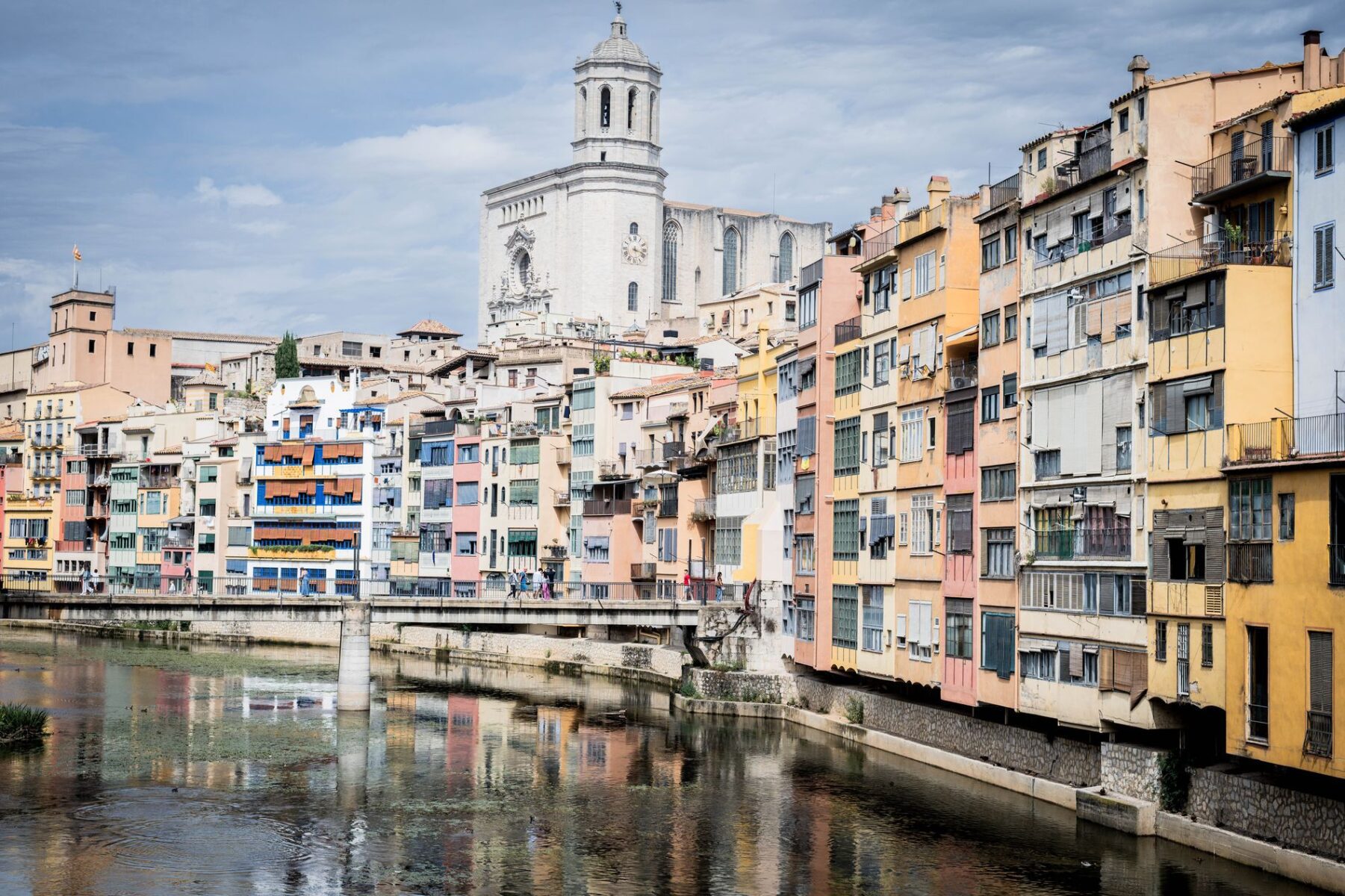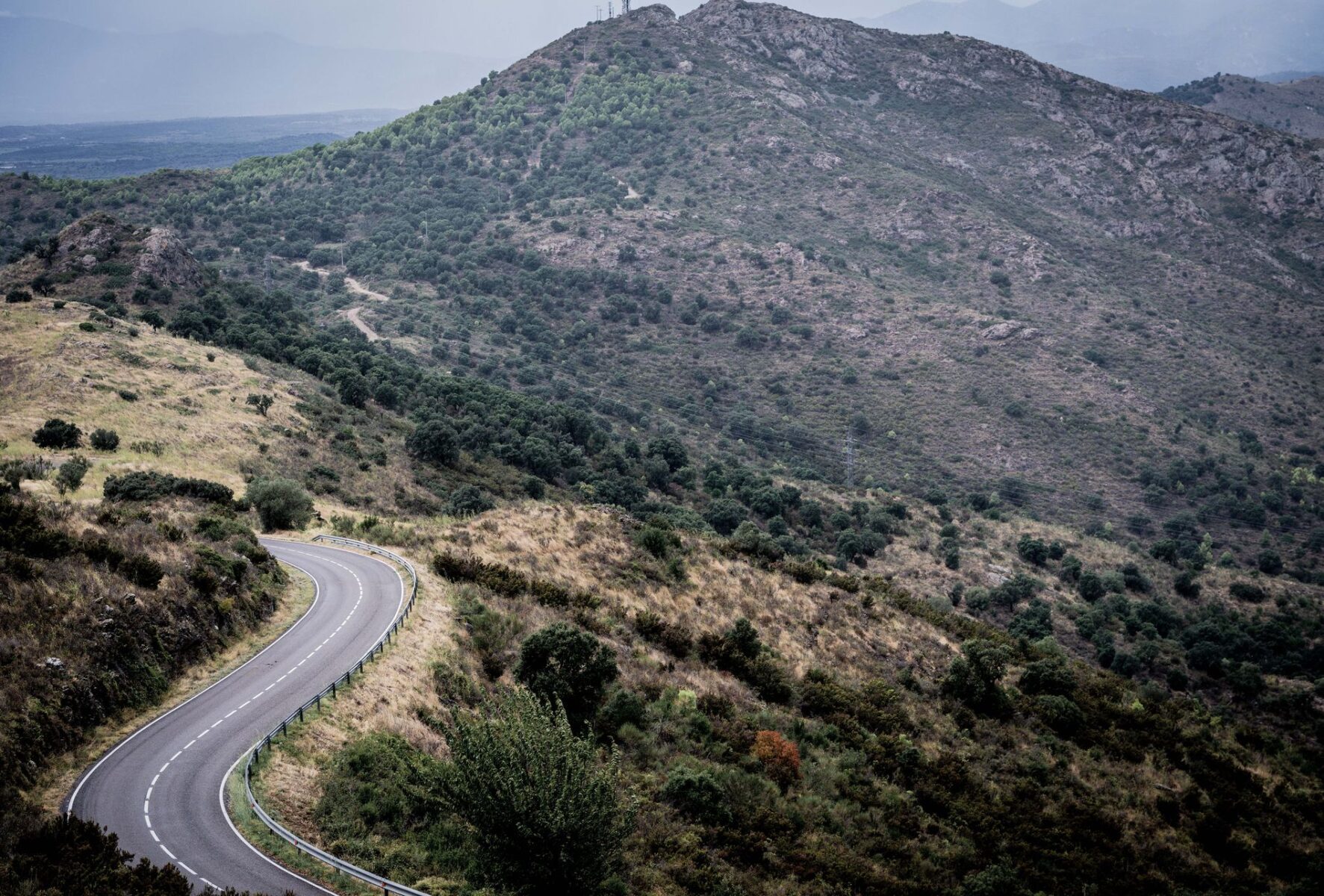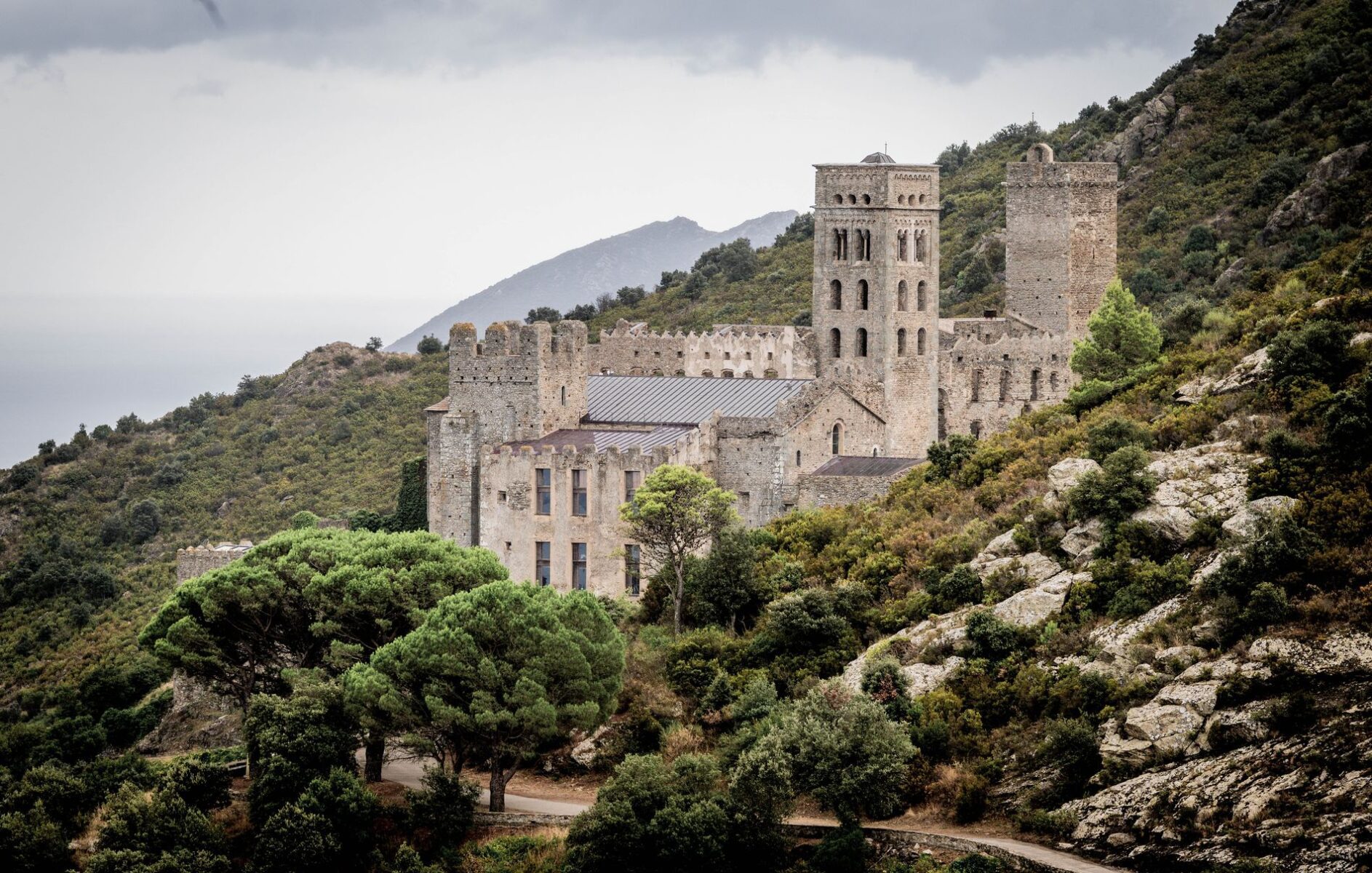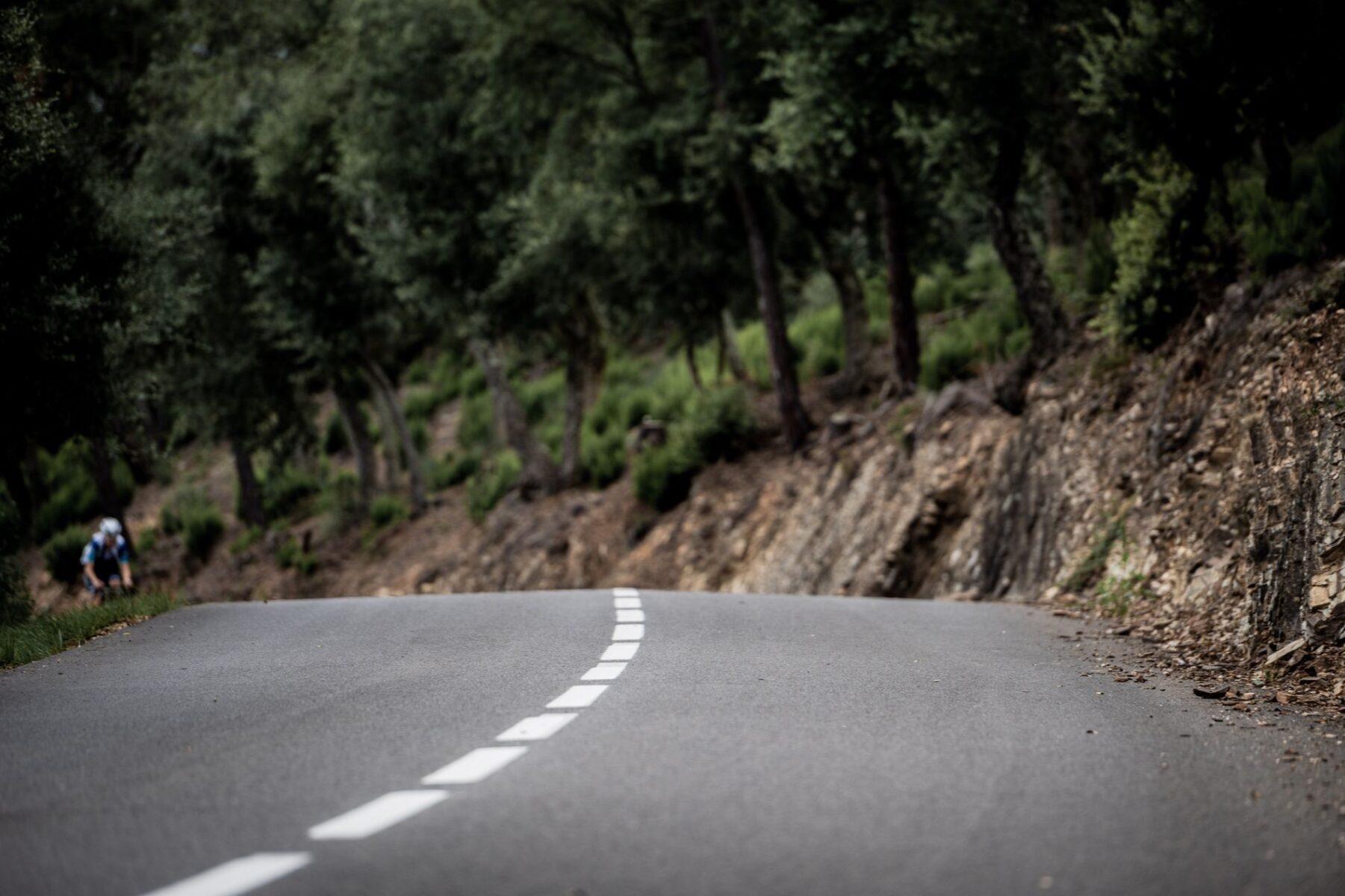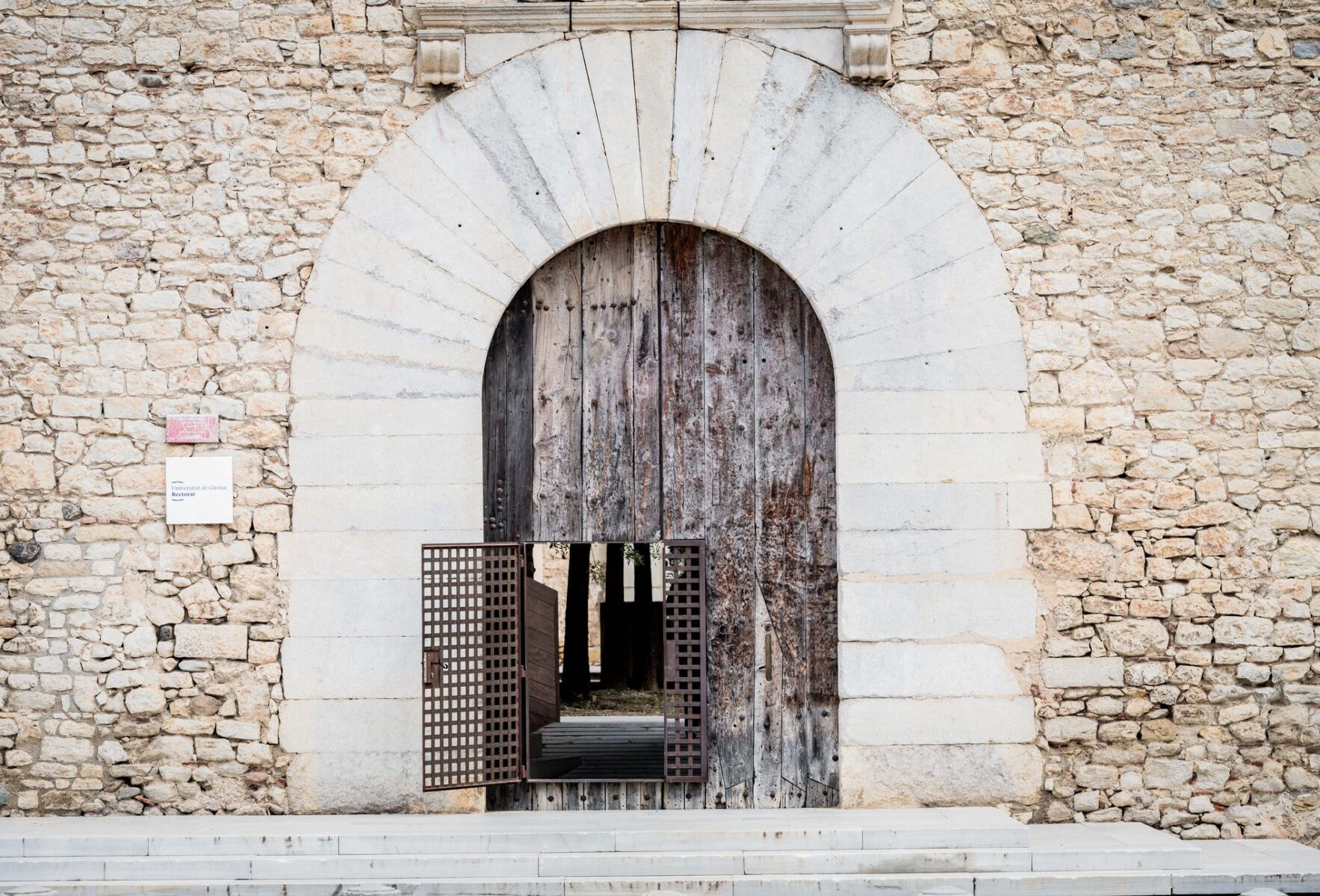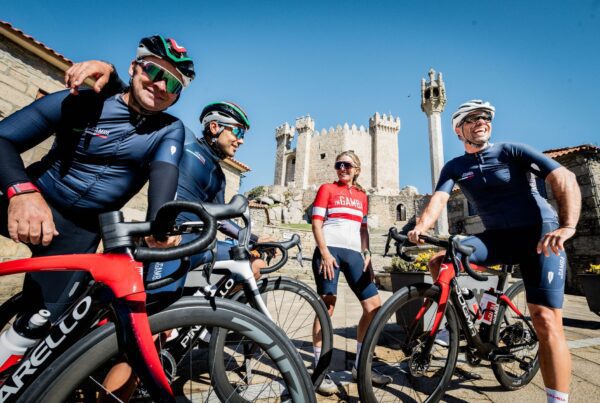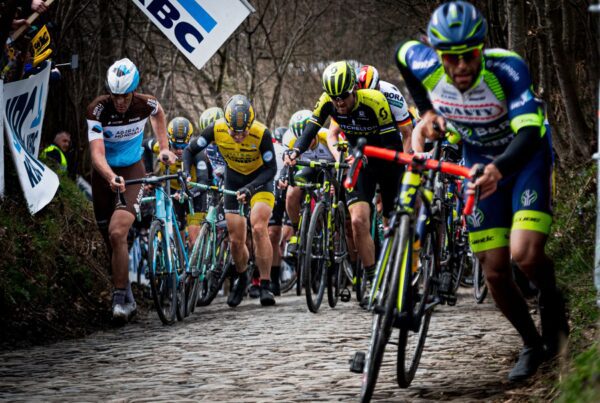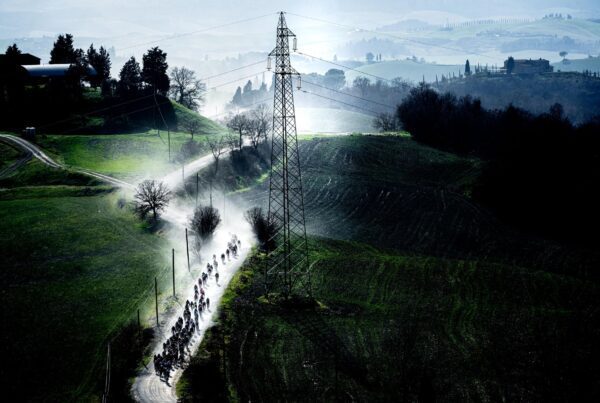Our creative director James Startt shares his postcards from a recent scouting trip in the Catalonia region.
“I would sooner be a foreigner in Spain than in most countries. How easy it is to make friends in Spain!” George Orwell once wrote in his oft-heralded book Homage to Catalonia. The book itself, of course, is far from a romantic travelogue. No, it is instead a poignant portrait of the Spanish Civil War and the fight against Fascism. But even in the midst of fighting on the front lines, Orwell at times was moved by the charm of the people in this corner of Spain.
But well before Orwell and many other artists and intellectuals turned their focus to the war here in the 1930’s, Catalonia had a long artistic and cultural heritage. It is a corner of the country that has long attracted me, and I was only too happy to finally find a moment to make a Catalonian road trip all my own.
It is hard to imagine visit Catalonia without a visit to Barcelona—if for no other reason that to see some of the architectural jewels of Antoni Gaudí—and Girona, of course, continues to grow as a destination for cyclist’s and tourists alike. But I was particularly attracted to its coastal villages and climbs.
No Catalan town attracted me more than Cadaqués, this seaside village, tucked away on the northern edge of the region just south of the French border. Numerous friends have recommended Cadaqués to me over the years, touting its intimate charm, not to mention that fact it was the long-time home to the legendary painter, Salvador Dali.
“Cadaqués is a concentration of Mediterranean culture,” my friend François Thomazeau often told me. Thomazeau is a long-time sports journalist and crime writer, one who spends his time between Marseille and Cadaqués. “You have sandy beaches, shell-covered beaches, whitewashed houses on narrow streets, little creeks and bays and mountains, all within a five-kilometer radius. You could be in France, Italy, Greece or Turkey. It’s the Mediterranean, all in one.”
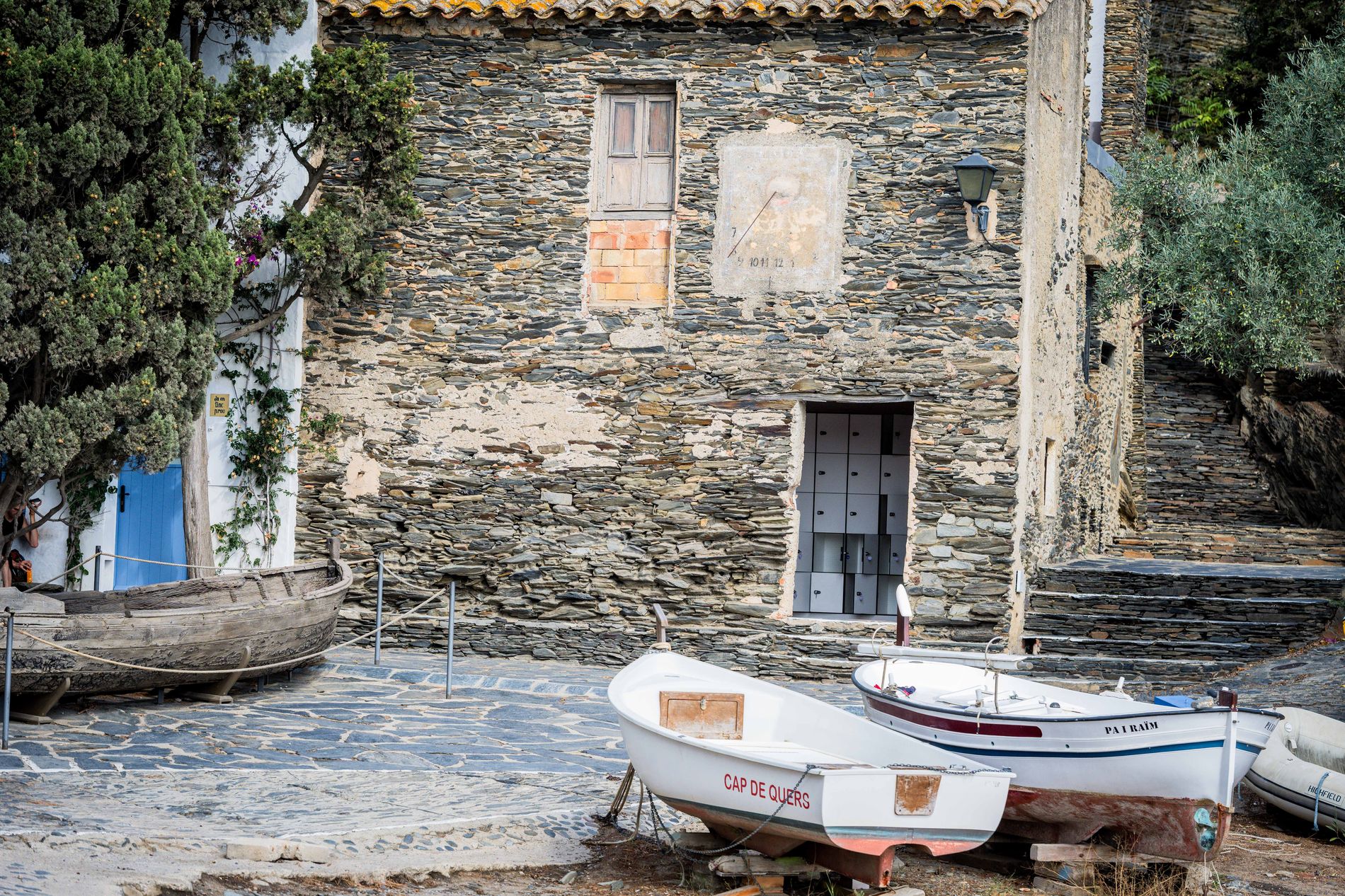
Arriving at sunset, crowds were already filling the Riba Nemisi Llorens, the narrow road that wraps its way around the seaside. I quickly dropped my bags at the hotel and joined the ranks in search of diner. Much of the road is too narrow for cars, but it is great for walking, and it is the perfect entry into this town that almost grows out from the sea.
But while the evening’s meal was memorable, one of true highlights came the next morning as I walked through the narrow streets of Cadaqués to Casa Dali, the creative sanctuary that the surrealist genius built over his lifetime. Situated just over the hillside in the adjoining fishing village of Portlligat, Dali’s house stands alone. His large-scale sculpture of two heads pops out above the rooftop and surrounding trees, making Dali’s house impossible to overlook. But really, Dali’s house is Portlligat. Moving there in 1930, Dali first purchased a small fisherman’s house in the cove, but as his fame grew, he bought many of the surrounding homes, linking them together over time. The result today is of a sinuous maze, dotted with surprising surrealist sculptures, room after room.
But really, it was not just Cadaqués or Portlligat that called to mind Dali. Catalonia is a region that offers both exquisite beauty and harsh austerity, and Dali often included fantastical rock formations in his paintings, which conjure up the rugged rock formations ubiquitous to this coastline.
The same rugged rocks found around Cadaques and Portlligat framed the village of Empúries as well. It is here, I learned, where the inGamba Catalonia trips spend much of their week. And talk about the perfect getaway after a solid day in the saddle! This charming hotel is the perfect place to wind down as visitors can easily walk down a path directly into the gentle waves with a post-ride drink, while Greek and Roman excavations can be found barely 100 meters down the beach path.
But while Cadaqués and Empúries share their rugged coastline, they are situated in very different places. The roads out of Cadaqués are steep and sinuous. They tower over the cliffs, often topped with castles, churches and chapels. None, perhaps, is more spectacular than Sant Pere de Rodes, a Benedictine monastery that dates back to the ninth century A.D. Those monks had quite the view!
Meanwhile, Empúries is found on the edge of the flatlands further south, shrouded in gentle pine forests. And just south of Empúries, the roads climb once again. The coastal road, in fact, can be hard to find, and to be honest, it is far better suited to bikes than cars. But once traveling on it, the views are as stunning as they are evasive, as the narrow road laces its way over the steep hills, with only flirting glimpses or the Mediterranean through the lush trees. Castles and fortresses—like the Castell de Begur—continue to dot the peeks of the climbs, once again reminding riders just how strategic this coastline has been historically. In short, the visual potpourri of this region continues.
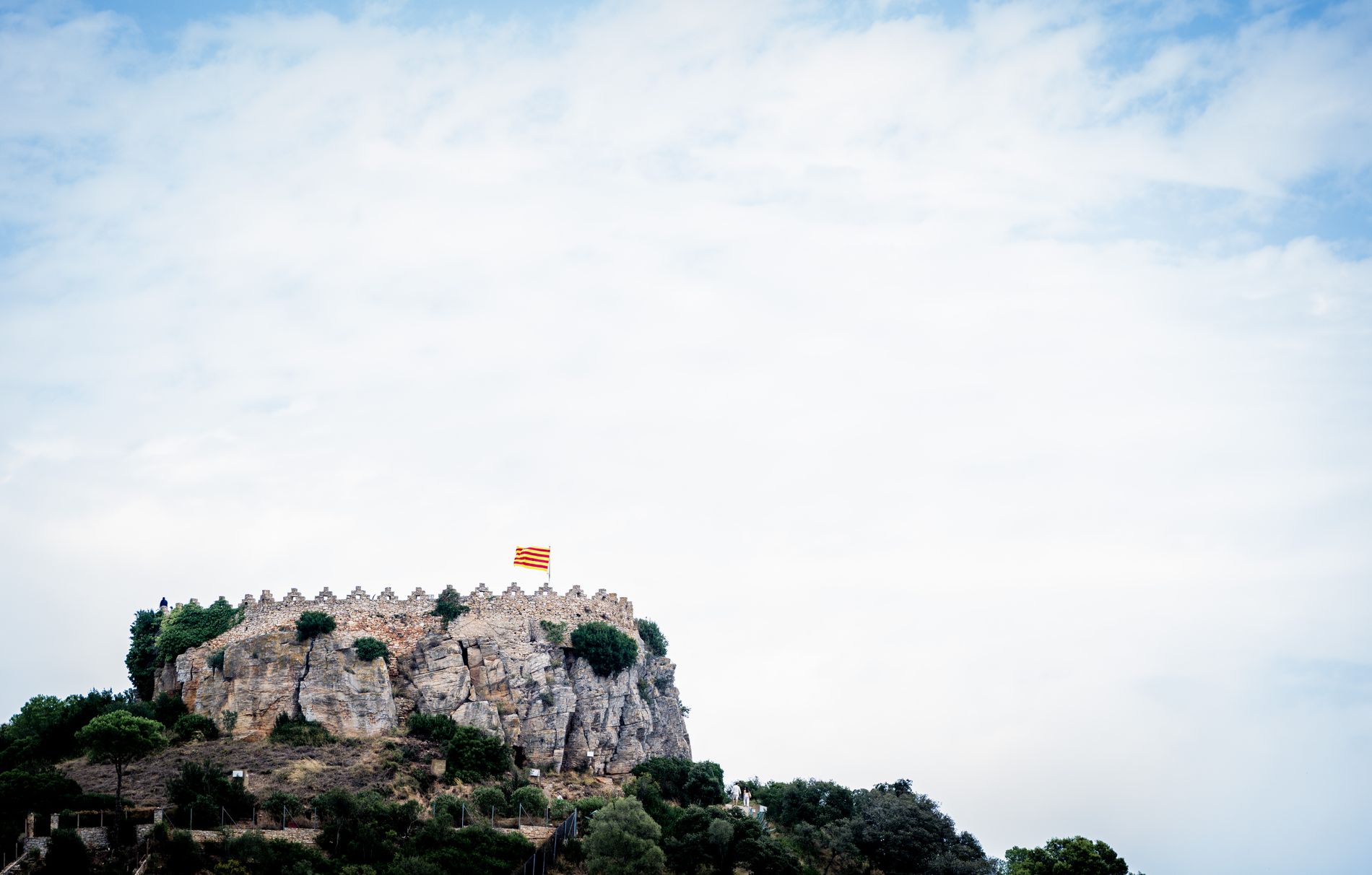
No road trip to Catalonia, however, would be complete without a visit to Girona, the capital of this province of Catalonia. My first stop was La Fabrica, the rich cycling-themed café founded by former professional Christian Meier and his wife Amber. Generous portions of cyclist-minded foods filled the menu, while a lavish collection of cycling memorabilia—much from Meier’s own career—covered the walls.
Nestled in the heart of the historic city center, I found myself quickly lost, as I strolled around after lunch. There was, of course, the colorful riverfront and its steel bridge designed by Gustave Eiffel, so often photographed by visitors. But there is so much more.
As a cycling journalist, I have often visited Girona to interview and photograph the countless cyclists who have called Girona home, at least during their careers. But on this day, I was even more impressed by the steady stream of visitors in general, and I was reminded that while I may think of Girona firstly as a cycling destination, many scenes of Game of Thrones were also filmed here, something that has increased the city’s allure far beyond the world of cycling.
Climbing up through the narrow streets, the crowds soon thinned. I passed by the historic university and the impressive cathedral. Continuing to climb, I made my way to old ramparts. Finding an actual entryway proved as difficult as locating the coastal road south of Empúries, but it was well worth the effort.
The construction of the city walls date back to Romans, and they were used over the centuries to defend the city from numerous waves of invaders. But today, they also offer stellar views of the city itself. Below, an orange sea of stucco roofs spread, extending towards the surrounding hills as well as the plains that lead towards the sea.
From here, I could clearly see the rich diversity of Girona, and, well, of Catalonia itself.
